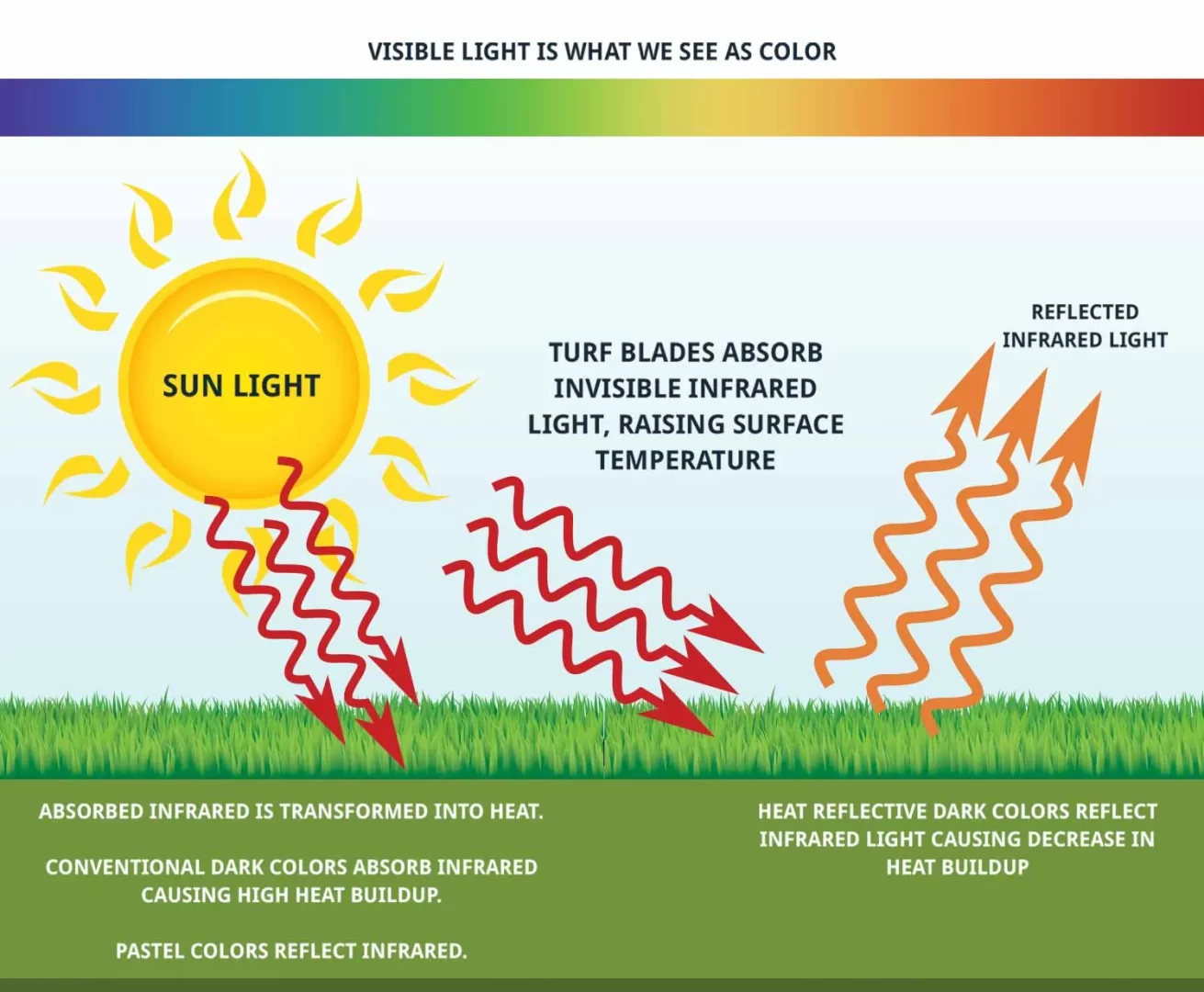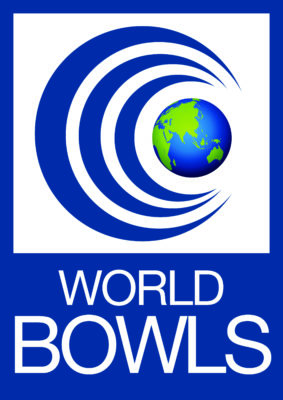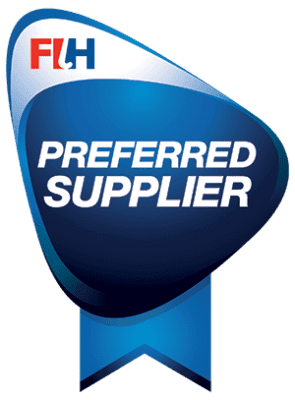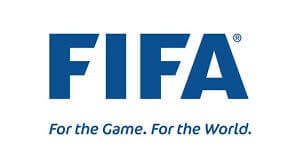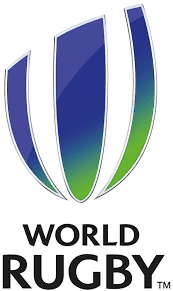Through unique artificial grass innovation, research, and testing, TigerTurf is constantly seeking to improve and create the latest most effective synthetic grass products in the marketplace. After vast synthetic grass industry improvements and innovative design, we have created dynamic turf lines that are beautiful and effective for any sports field, industry park, or residential landscape.
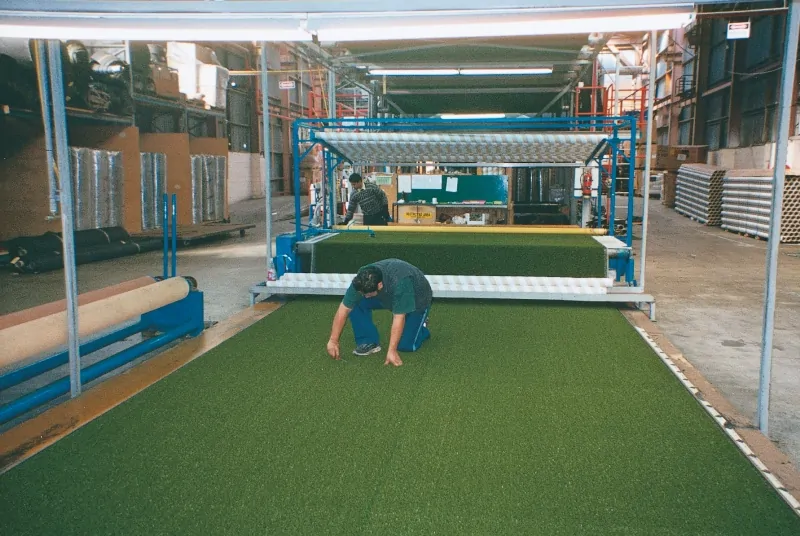
With the use of our Environmental Testing Laboratory, we test the product’s physical components with environmental factors, such as UV radiation, extreme temperatures, and moisture effects. Not only do we test TigerTurf’s reaction in extreme conditions, but we also test each individual aspect of the grass fibers, shock pads, infill, and adhesives. By utilizing additional equipment to replicate the potential usage, such as foot traffic, we evaluate the turf’s response and adhere accordingly in order to maintain a high quality synthetic turf system. At TigerTurf U.S., we want to improve your landscape quality and meet the needs of multiple different projects with a synthetic grass product that is both realistic and proficient.
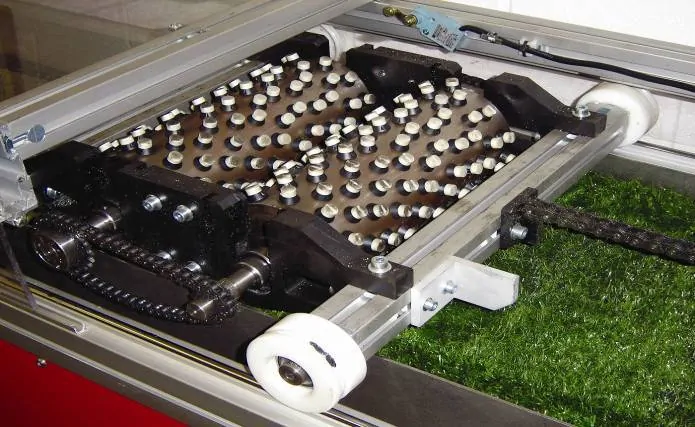
TigerCool yarns are engineered with heat reflective color pigments and advanced U.V. inhibitors that reduce surface temperatures. A series of solar panel tests indicate that artificial grass featuring TigerCool technology successfully reduces turf temperatures by 15% and up to 10 degrees! That’s a difference that you can feel. Don’t let the heat interfere with your life. TigerCool makes any outdoor event a cool and pleasant experience. It’s perfect for any front yard, backyard, commercial property, public park, or municipality. Like all of our turf products, it’s safe for children and pet-friendly!
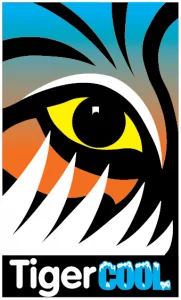
In order to achieve maximum temperature measurement accuracy and consistency, all comparative data were collected from 250 μm thick film samples instead of monofilament fibers or finished carpet. The outdoor Solar spectrum is different from the spectrum of indoor IR lamps. Therefore, the temperature improvement due to Heat Reflective (HR) pigments over non-HR pigments, i.e. Samples over Controls, the indoor data is showing higher/better improvement than outdoor data. In addition, the outdoor data is influenced by wind, cloud cover, and panel orientation with respect to the sun. Nevertheless, both indoor and outdoor data show the same trend.
